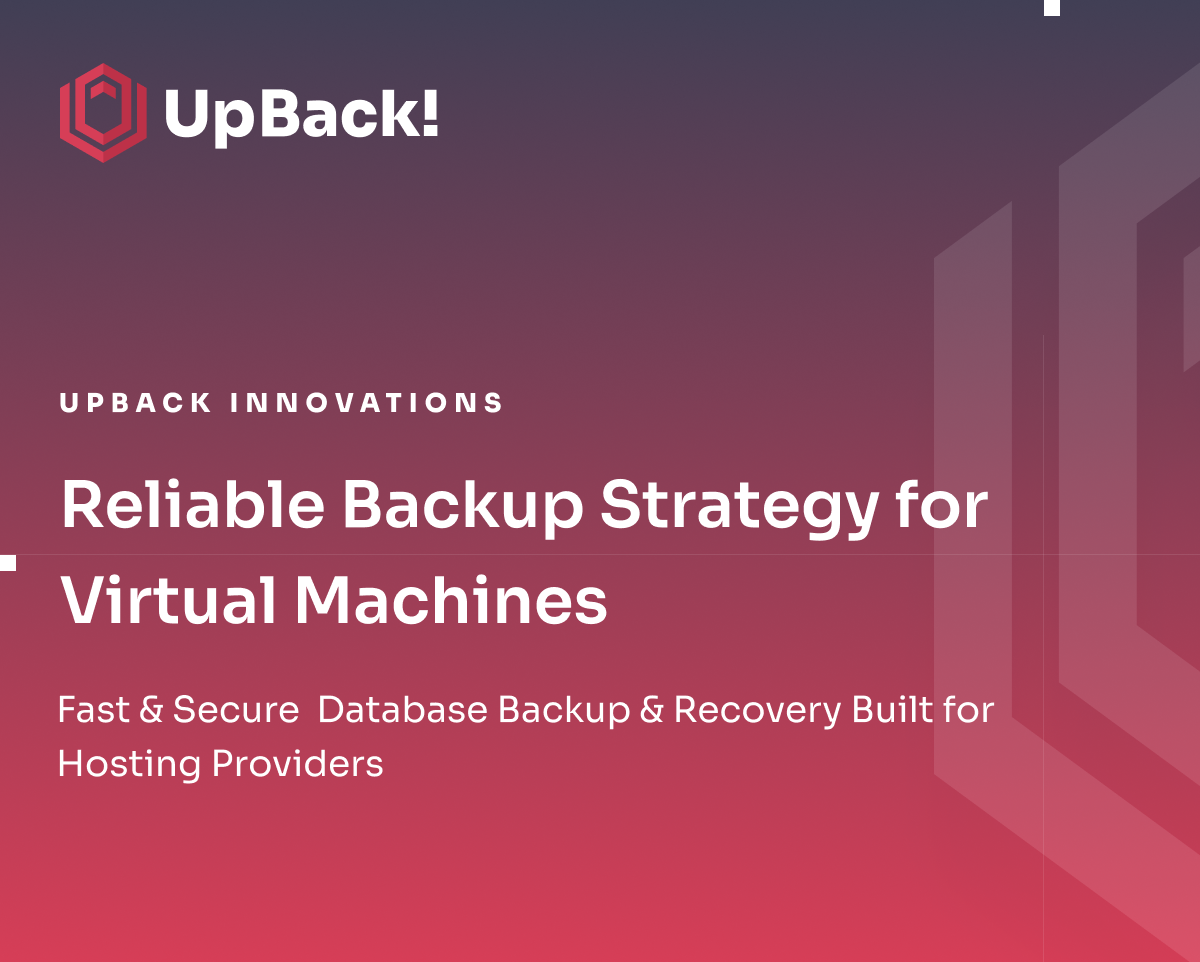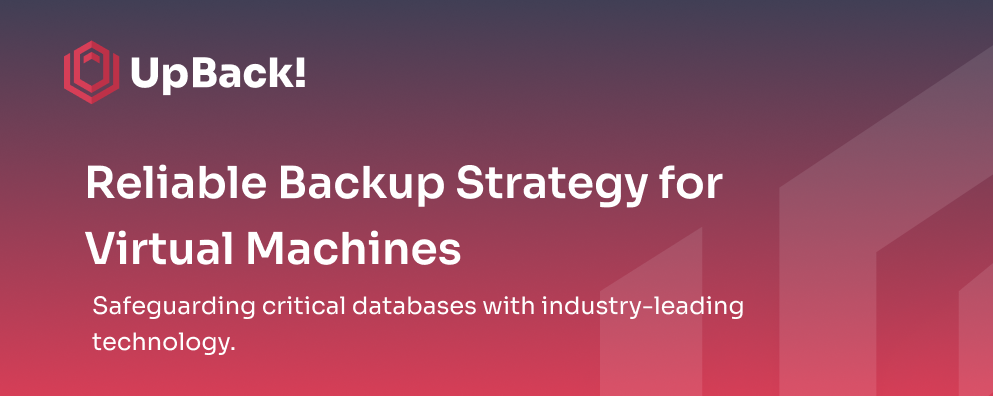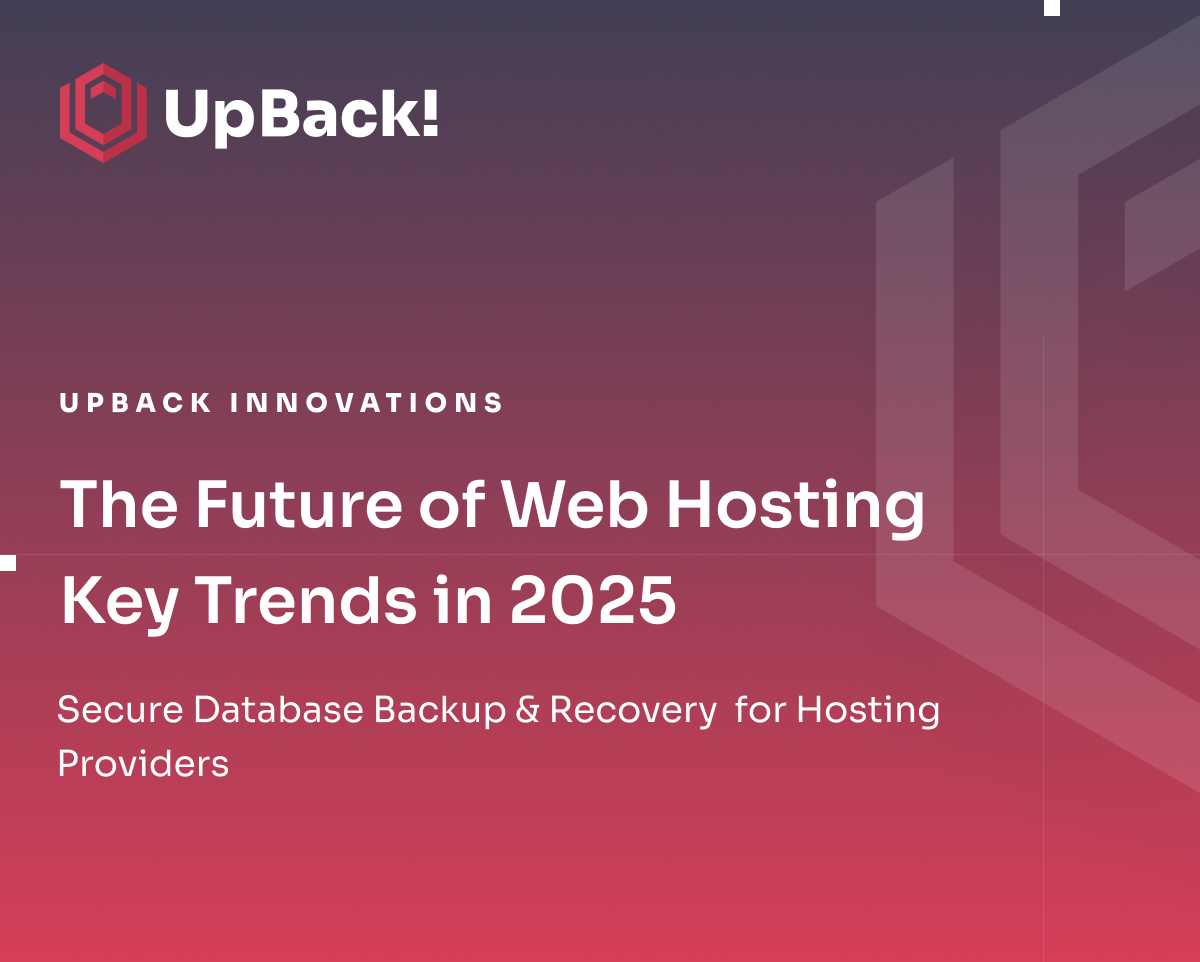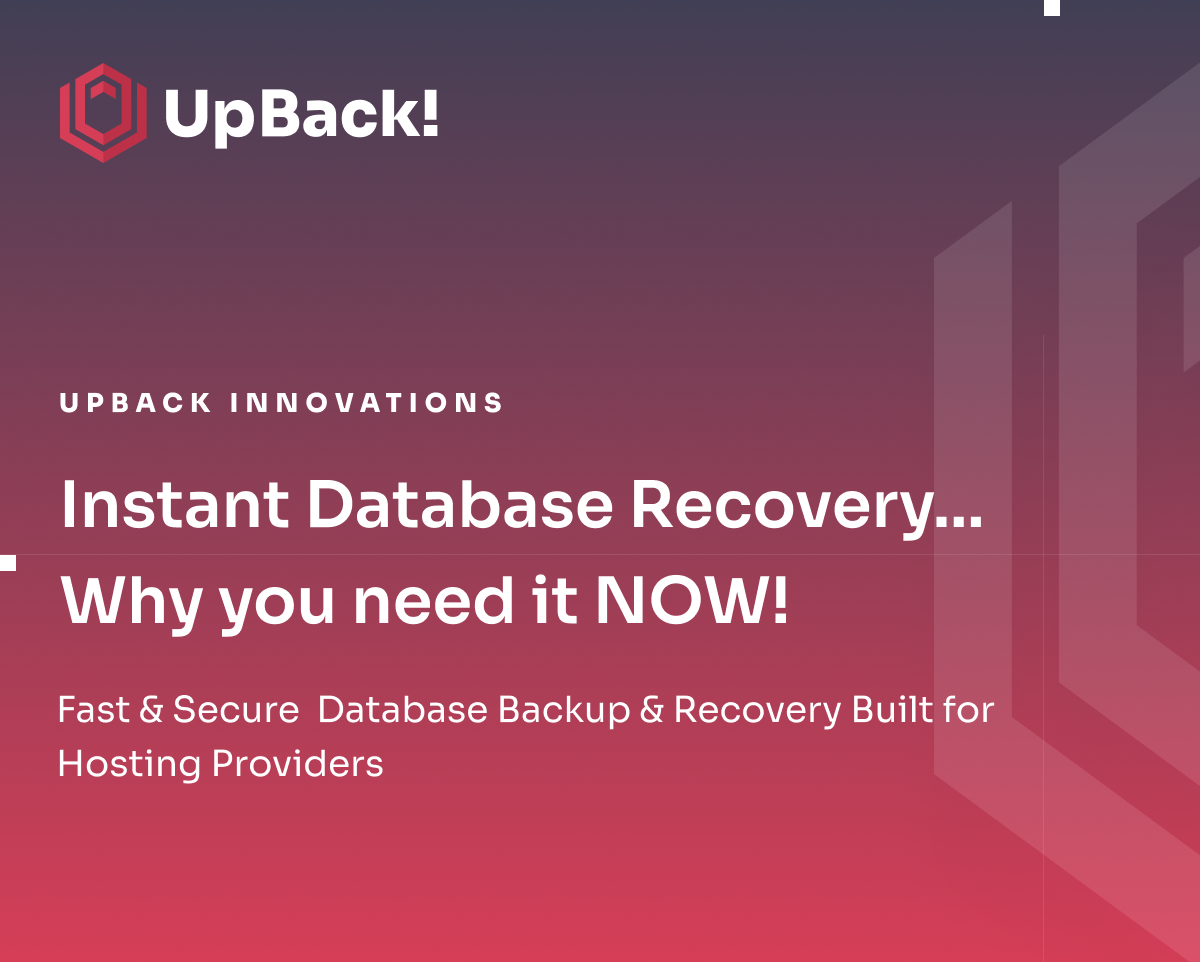How to Build a Reliable Backup Strategy for Virtual Machines
If you're running virtual machines across cloud or hosted environments, you’ve probably leaned on snapshots at some point. They’re quick, easy, and great for short-term rollbacks. But when it comes to long-term reliability? They’re not the safety net many assume.
This article examines the steps to establish a reliable backup strategy for your virtual machines—something dependable, flexible, and designed to recover data in the event of a severe failure.
We recently created a guide on the pitfalls of relying on 3rd party snapshots Vs a full backup, worth a read if you are looking to build out your disaster recovery strategy and stay compliant!
Snapshots: Handy, But Not a Backup Strategy
Snapshots often give a false sense of security. They’re stored on the same platform as the VM, they don’t guarantee application consistency, and they don’t support real recovery workflows. They’re helpful for fast rollbacks before updates or patches, but they’re not designed to protect against hardware failure, corruption, or ransomware.
What a Reliable Backup Strategy Actually Looks Like
So what makes a backup strategy resilient enough to stand up to real-world risks? It’s less about ticking boxes and more about how everything works together when things go wrong. A reliable strategy accounts for performance, consistency, and speed—not just for backups, but for restores too.
At its core, this means:
- Backups should be taken in a consistent state—not mid-transaction or mid-write.
- They need to be stored independently from your live systems.
- Recovery options should go beyond "all or nothing".
And above all: you need to know those backups actually work. That means testing. Often.
The Value of Going Agent-Based
We built UpBack! with an agent-based architecture because it solves a lot of the problems traditional approaches struggle with.
By running the backup agent inside the VM, we can:
- Interact directly with the database layer.
- Capture data in a transactionally consistent state.
- Push backups out without needing open SSH ports.
- Avoid relying on hypervisor-level access or snapshot coordination.
This allows backups to happen on your terms—securely, consistently, and without adding unnecessary exposure to your infrastructure.
Flexibility That Helps at Restore Time
One of the biggest frustrations we’ve heard from engineers is having to restore an entire system just to get back one piece of data. That’s why UpBack! focuses on granular recovery—you can pull back a single table, view data inside a backup, or even clone a database for testing or recovery workflows.
If something breaks, you want options. Not delays.
Built-In Consistency Checks
Another common failure point in many backup setups is that the data going in looks fine, but turns out to be corrupted or incomplete. We’ve built in pre-backup integrity checks so each backup starts with a known-good state. This helps catch problems before they become unrecoverable, especially with high-change environments or edge-case configurations.
It’s a small step that makes a big difference.
Designed for Hosting Environments
Not every setup is running the latest stack or consistent configurations. Some environments still rely on older versions of MySQL or PostgreSQL(full list of supported DBs and versions in our Wiki )—and that’s okay. UpBack! was built to support both modern and legacy systems, making it suitable for a range of hosted environments without forcing unnecessary upgrades.
WE partnered with some leading Cloud providers offering robust, reliable backup and recovery to their clients and with our direct integration with cPanel - we are here to help secure your data! Check out our recent partnership with UpCloud and Excoscale!
This kind of flexibility is crucial when managing diverse infrastructure across multiple clients or products.
Compression That Doesn’t Slow You Down
Performance is always part of the equation. Backups that take too long or consume too many resources aren’t sustainable.
We use ZStandard compression and tools like XtraBackup to keep things efficient. For example, we regularly see full 10GB database backups complete in under 12 minutes—without hammering system performance.
This makes it easier to run backups more frequently, reducing data loss windows and keeping restore points fresh.
Backups That Don't Rely on Luck
We’ve seen it too often—teams believing they have solid backups, only to find out they’ve been storing corrupt or unusable data for weeks.
A solid strategy includes:
- Verifying backups automatically.
- Keeping backups off the primary environment.
- Running regular restore drills.
- Having more than one restore method (e.g. table-level, full, clone).
It’s not about doing everything perfectly. It’s about making sure if one part of your system fails, another part is ready to recover it.
Final Thought...
If you’re running infrastructure that others depend on, backup strategy isn’t something you revisit once a year. It’s something you build into the rhythm of your operations.
We designed UpBack! to make that rhythm simpler, safer, and faster—without needing to change how you work.
If you’re reassessing how your backups work—or need to—you can try UpBack! free for 7 days to see how it fits into your environment. Or if you are ready to grab a partrership conversation, fill in this form and we can grab a virtual coffee and chat!




